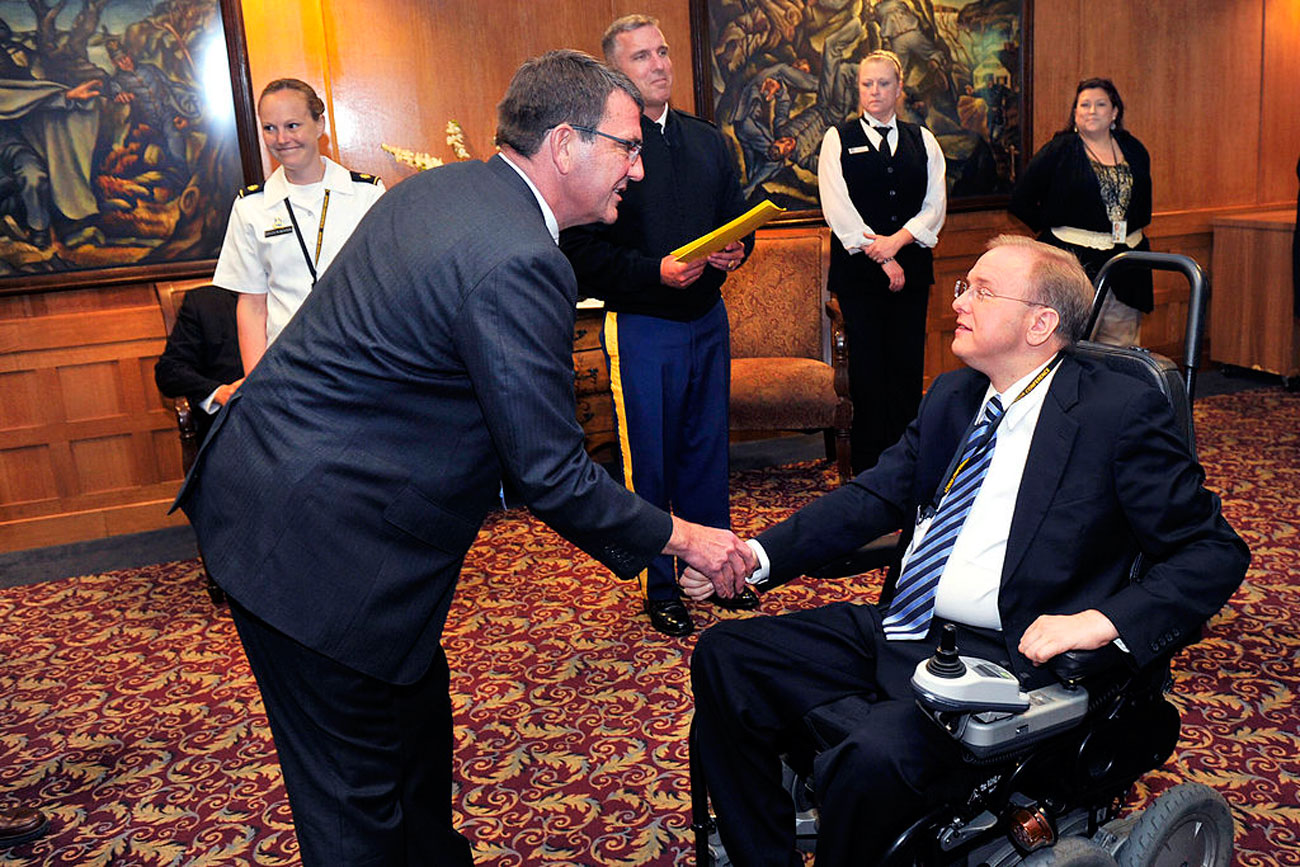WASHINGTON — Tens of thousands of surplus military handguns could be sold to private American citizens through a government-chartered nonprofit under an amendment added to the 2017 defense bill.
While its supporters, led by Rep. Mike Rogers, R-Ala., believe the proposal will save the government money, opponents fear it will widen the available of lethal, military-grade weapons.
The bill, Rogers said, “will eliminate the unnecessary costs the federal government is paying for storage” of the guns, M1911A1 pistols, while enabling the nonprofit Civilian Marksmanship Program to sell them.
Congress approved a similar proposal in this year’s defense bill, allowing the Army to transfer surplus pistols to the nonprofit marksmanship program. The Pentagon, however, has not shipped any guns, so Rogers’ amendment would force the Secretary of the Army to act with the change of a single word from “may transfer,” to “shall transfer.”
The budget authorization bill, reported out of the Armed Services Committee late last month, would also remove a cap on the number of transferable weapons. That could eventually apply to roughly 100,000 stored pistols and parts, according to estimates by officials. The firearm is a semi-automatic handgun that was widely used by the U.S. military as the standard sidearm until the 1980s.
The gun’s effectiveness worries opponents, such as Rep. Jim Langevin, D-R.I. “The qualities that made the M1911A1 a fine sidearm — the fact that it’s easily concealed, extremely reliable, and packs quite a punch — are all qualities that make them prized among criminals,” Langevin said.
Started in 1903 after the Spanish-American War, the Civilian Marksmanship Program was an effort to train underprepared civilians for military life. The Army ran the program under a 1996 law created a nonprofit to administer it instead.
When the organization was privatized, the U.S. Army moved its supply of retired M1 rifles to the marksmanship program, so the nonprofit could sell the weapons to help pay for its activities, including target shooting, safety training and competitions.
Selling the pistols would do the same thing, said Mark Johnson, the CMP’s chief operating officer.
“Every bit of money that we bring in, that’s where the money goes,” Johnson said.
The CMP sales office is based in Rogers’ district in Anniston, Ala. The corporation sells only to U.S. citizens who are members of CMP-affiliated gun clubs — several thousand organizations spanning every state. The program also receives a varying number of donated firearms and related equipment year to year, sometimes from veterans groups or ROTC organizations, Johnson said.
Rogers’ amendment would clear the way for the biggest overall donation of surplus army weapons since the transfer of the M1s in the 1990s.
Some lawmakers, however, say that’s too many guns. Twenty-one Democrats on the committee voted against the proposal in the Armed Services Committee.
Langevin, who was paralyzed when a gun accidentally discharged when he was teenage student volunteer with the Warwick, R.I., Police Department, said “injecting tens of thousands of new pistols onto our streets seems like a recipe for disaster.”
Rogers’ proposal requires the marksmanship program to get a federal firearms license to sell the pistols, which are currently exempt. Sales of the weapons will still be subject to the FBI’s mandatory national background check system as all of the organizations sales are now.
Langevin said the transfer of the pistols is “a giveaway of tens of millions of dollars of equipment to a single entity.”
The Defense authorization act was reported out by the House Armed Services Committee in late April and should head to the House floor this month. The bill, including the gun language, must still face Senate scrutiny.


